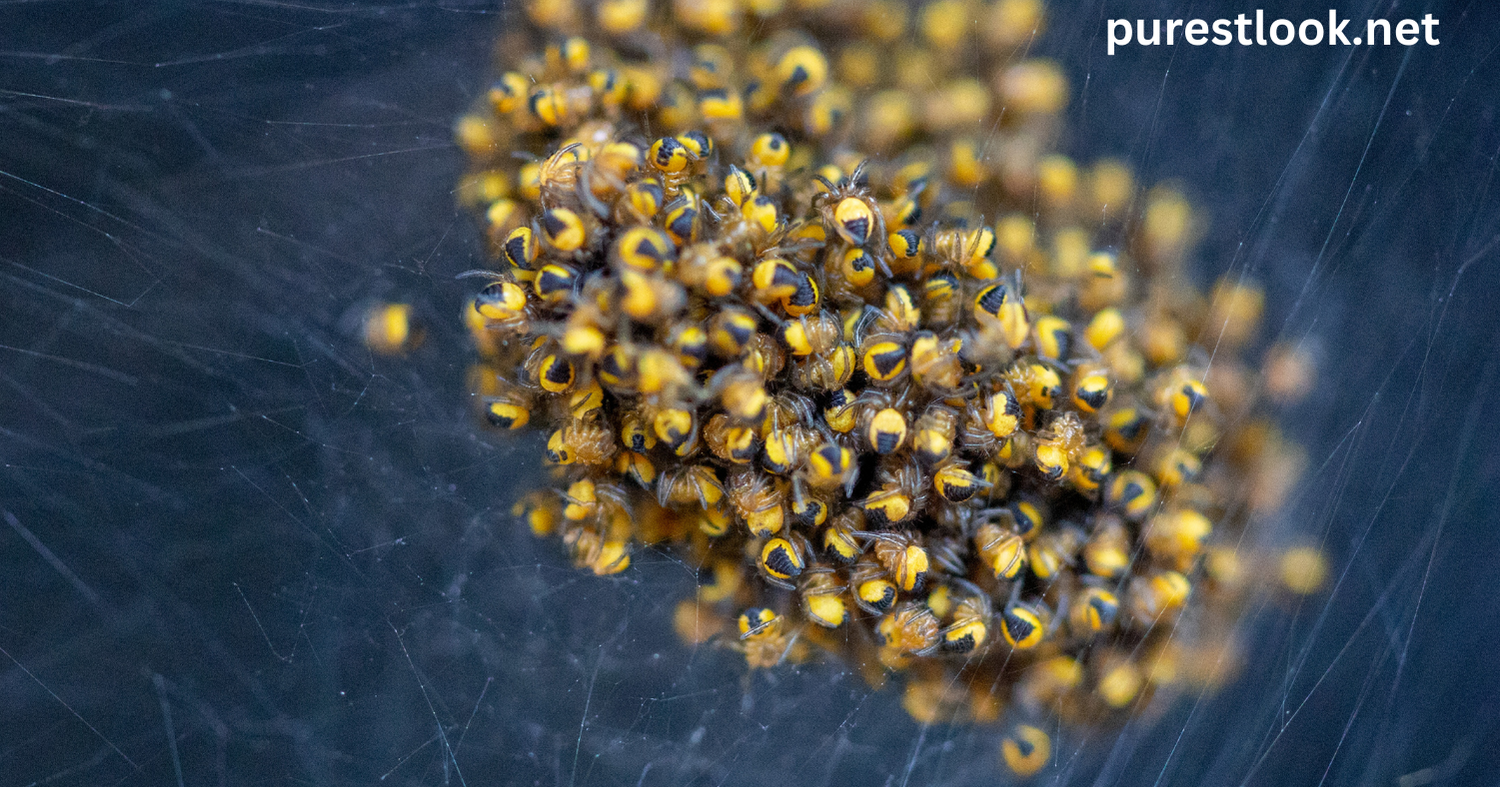Spider eggs are small, round, and enclosed in silk sacs that protect them from predators and environmental hazards. Understanding what spider eggs look like helps in identifying different species, preventing infestations, and ensuring safety at home. This guide covers the appearance, size, color, and common locations of spider egg sacs, along with how to handle them.
Appearance of Spider Eggs
Spider eggs are typically soft and enclosed in a silk sac. Their size, color, and shape vary depending on the species.
Common Characteristics of Spider Eggs
| Feature | Description |
|---|---|
| Size | Ranges from 0.5 mm to 3 mm in diameter |
| Color | White, cream, yellow, or light brown |
| Texture | Soft, smooth, or slightly rough |
| Shape | Round or oval, often clumped together |
What Does a Spider Egg Sac Look Like?
A spider egg sac is a silk pouch that protects eggs until they hatch. These sacs can be attached to webs, hidden in crevices, or carried by the mother.
Types of Spider Egg Sacs
| Spider Species | Egg Sac Appearance | Location |
|---|---|---|
| Black Widow | Smooth, round, white or tan | Under rocks, woodpiles, dark areas |
| Brown Recluse | Irregular, off-white, papery | Basements, attics, behind furniture |
| Orb Weaver | Round, yellowish, fluffy | Garden plants, fences, corners |
| Wolf Spider | Carried by the female, light brown | On the mother’s body, soil, or grass |
Where Do Spiders Lay Their Eggs?
Spiders choose safe, hidden places to lay eggs. The location depends on the species and environmental conditions.
Common Locations for Spider Egg Sacs
- Inside Homes: Behind furniture, in closets, basements, or garages
- Outdoor Areas: Under leaves, in tree bark, or corners of buildings
- Web Structures: Some spiders lay eggs directly in their web for protection
How Many Eggs Do Spiders Lay?
The number of eggs a spider lays depends on the species and environmental factors.
Spider Egg Counts by Species
| Spider Type | Number of Eggs per Sac |
|---|---|
| Black Widow | 100–400 |
| Brown Recluse | 40–50 |
| Wolf Spider | 100–200 |
| Garden Spider | 300–1,000 |
How Long Does It Take for Spider Eggs to Hatch?
Spider eggs hatch within a few days to a few weeks, depending on temperature and humidity.
Factors Affecting Hatching Time
- Temperature: Warmer temperatures speed up hatching
- Humidity: Proper moisture levels prevent eggs from drying out
- Predators: Some eggs may be eaten by other insects or spiders
Are Spider Eggs Dangerous?
Most spider eggs are harmless, but some species can cause infestations. If left undisturbed, hundreds of baby spiders can emerge and spread quickly.
How to Identify Spider Egg Sacs at Home
To prevent infestations, it is essential to recognize and remove spider egg sacs early.
Signs of Spider Egg Sacs
- Small, round silk pouches attached to walls or furniture
- Presence of adult spiders nearby
- Webbing around dark, undisturbed areas
How to Remove Spider Egg Sacs
If you find spider egg sacs in your home, safe removal methods can prevent an infestation.
Effective Methods to Remove Spider Egg Sacs
| Method | How It Works | Best For |
|---|---|---|
| Vacuuming | Removes eggs and spiders instantly | Indoor infestations |
| Sealing Cracks | Prevents spiders from laying eggs inside | Home maintenance |
| Pesticides | Kills eggs before hatching | Severe infestations |
| Natural Repellents | Uses essential oils or vinegar to deter spiders | Preventative measures |
Conclusion
Spider eggs are small, round, and enclosed in silk sacs for protection. Recognizing their appearance and common locations helps in early identification and prevention of infestations. If found indoors, safe removal methods such as vacuuming and sealing cracks can prevent hatching. Understanding spider egg characteristics ensures a spider-free environment while maintaining ecological balance.
FAQs
What color are spider eggs?
Spider eggs are usually white, cream, yellow, or light brown, depending on the species.
How big are spider egg sacs?
Egg sacs range from 3 mm to 20 mm in diameter, varying by species.
Can spider eggs hatch inside a house?
Yes, if conditions are favorable, spider eggs can hatch indoors, leading to infestations.
How do I prevent spider eggs in my home?
Regular cleaning, sealing cracks, and using natural repellents help prevent spider eggs from appearing indoors.
Do all spiders lay eggs in sacs?
Most spiders enclose their eggs in silk sacs, but some carry them attached to their bodies.
